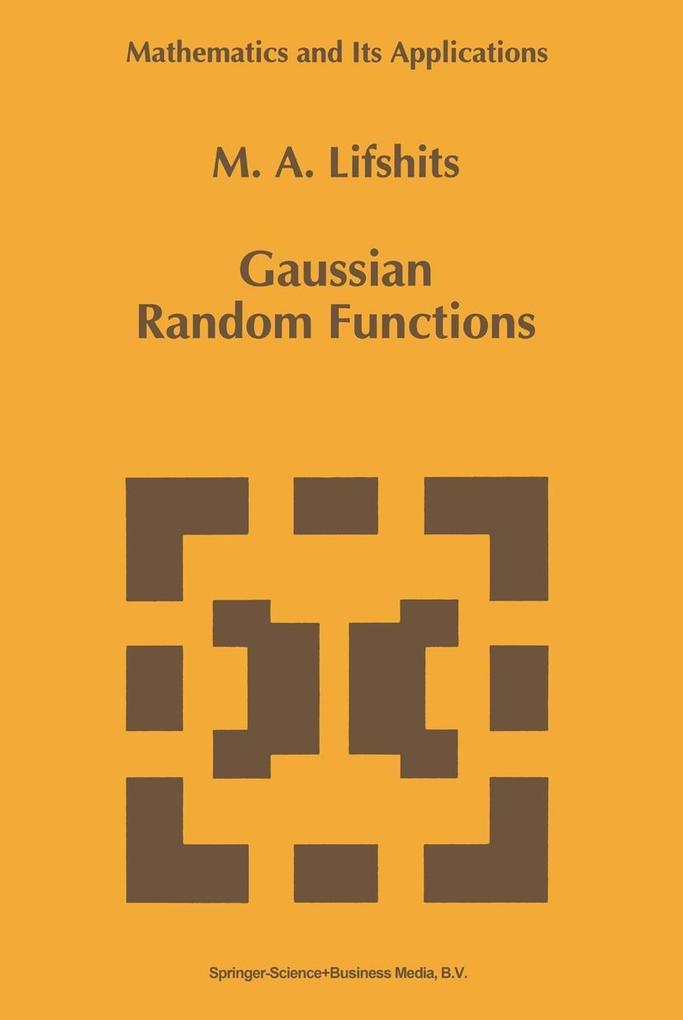
Sofort lieferbar (Download)
It is well known that the normal distribution is the most pleasant, one can even say, an exemplary object in the probability theory. It combines almost all conceivable nice properties that a distribution may ever have: symmetry, stability, indecomposability, a regular tail behavior, etc. Gaussian measures (the distributions of Gaussian random functions), as infinite-dimensional analogues of tht< classical normal distribution, go to work as such exemplary objects in the theory of Gaussian random functions. When one switches to the infinite dimension, some "one-dimensional" properties are extended almost literally, while some others should be profoundly justified, or even must be reconsidered. What is more, the infinite-dimensional situation reveals important links and structures, which either have looked trivial or have not played an independent role in the classical case. The complex of concepts and problems emerging here has become a subject of the theory of Gaussian random functions and their distributions, one of the most advanced fields of the probability science. Although the basic elements in this field were formed in the sixties-seventies, it has been still until recently when a substantial part of the corresponding material has either existed in the form of odd articles in various journals, or has served only as a background for considering some special issues in monographs.
Inhaltsverzeichnis
Section 1. Gaussian distributions and random variables. - Section 2. Multi-dimensional Gaussian distributions. - Section 3. Covariances. - Section 4. Random functions. - Section 5. Examples of Gaussian random functions. - Section 6. Modelling the covariances. - Section 7. Oscillations. - Section 8. Infinite-dimensional Gaussian distributions. - Section 9. Linear functionals, admissible shifts, and the kernel. - Section 10. The most important Gaussian distributions. - Section 11. Convexity and the isoperimetric inequality. - Section 12. The large deviations principle. - Section 13. Exact asymptotics of large deviations. - Section 14. Metric entropy and the comparison principle. - Section 15. Continuity and boundedness. - Section 16. Majorizing measures. - Section 17. The functional law of the iterated logarithm. - Section 18. Small deviations. - Section 19. Several open problems. - Comments. - References. - List of Basic Notations.
Produktdetails
Erscheinungsdatum
09. März 2013
Sprache
englisch
Auflage
1995
Seitenanzahl
337
Dateigröße
22,60 MB
Reihe
Mathematics and Its Applications
Autor/Autorin
M. A. Lifshits
Verlag/Hersteller
Kopierschutz
mit Wasserzeichen versehen
Produktart
EBOOK
Dateiformat
PDF
ISBN
9789401584746
Entdecken Sie mehr
Bewertungen
0 Bewertungen
Es wurden noch keine Bewertungen abgegeben. Schreiben Sie die erste Bewertung zu "Gaussian Random Functions" und helfen Sie damit anderen bei der Kaufentscheidung.










